Eugene Pauly
Larry Squire was a professor at UC San Diego who, at this point, had spent over three decades studying the neuroanatomy of memory. So when a six-footed man with thick white hair in a grey button-downed shirt stepped into the professor’s laboratory with a limp of uncertainty and, guess what, a memory problem, Squire was no less puzzled than can be expected from any gentleman.
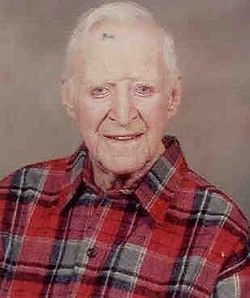
Squire’s studies over the decades showed that the most complex of habits can evolve in beings who failed to remember the simplest of things such as their age. So when Eugene kept repeating “That is incredible”, looking at a computer, “When I was in electronics, there would have been a couple of six-foot racks holding that thing!”, Squire realized that this came right up his alley.
According to Beverly, Eugene’s wife, the memory disorder had just come to her observation and, importantly, hadn’t been there earlier.
By the time Squire met Eugene, he had already been studying images of his brain for weeks. The viral encephalitis was limited to a five-centimeter diameter near the center of his head, nearly destroying his temporal lobe. The temporal lobe is believed to be ta sliver of cells responsible for tasks ranging from recollection to emotion regulation. This brought back memories to Squire, who as a Ph.D. student at MIT 30 years ago worked with a group studying Henry Molaison.

This gentleman, when he wasn’t yet one at seven years old, was unfortunate to be in a bike accident. His life would never be the same again. He would have regular seizures and blackout quite often. This would continue until he hit 27 years when he opted for surgery. The surgery went well, and his seizures were almost gone completely. Then, a new problem struck.
Everything that happened almost a decade before his surgery seemed to have been erased from memory while recollections of earlier events were intact. After the surgery, H.M. never remembered anything for more than twenty seconds. “His brain was frozen in time”, Squire says. Both Eugene and H.M.’s brains seemed similar in profound ways and dissimilar even more. Coming to the similarities, there was an empty, walnut-sized chunk in both their brains.
Rats
When MIT researchers started working on habits in the late 1990s, just around the time Eugene Pauly came down with the fever, they were curious about a nub of neurological tissue known as the basal ganglia. This nub is part of a primitive structure that is part of a less recent addition from an evolutionary perspective. For years, scientists couldn’t understand more about the basal ganglia than suspect that it played a role in diseases such as Parkinson’s.
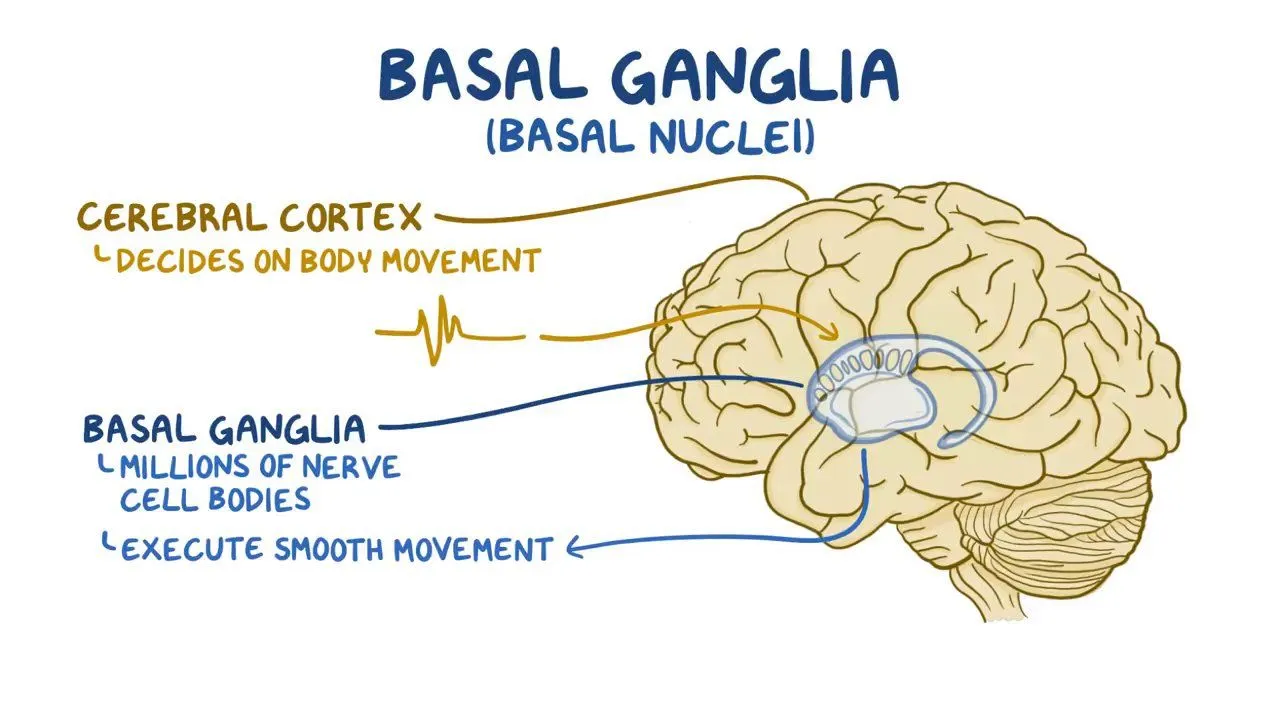
Then there was the experiment on rats. In surgery, each rat had what looked like a small joystick and dozens of tiny wires inserted into its skull. The rat was then placed in a T-shaped maze as shown in the image. When the partition disappeared with a click, the rats would curiously voyage through the maze that looks simple to us. The sensors, on the other hand, are bustling with activity. This can only indicate the heightened senses of the rats as the basal ganglia are exploding with new information.

However, the experiment was repeated every day on the same rats for a few days. A few days later, the sensors told a whole new story. Gone were the seemingly random spike in the signals. Eventually, the spikes appeared to be present only initially, just before the click sound, and when the rat found the chocolate indicated in the image of the maze.
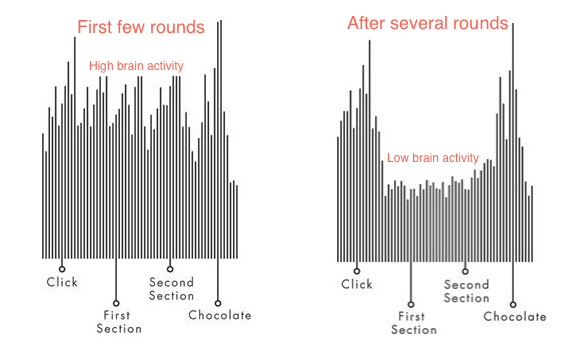
This seemingly simple experiment revealed a lot about habits that one can notice at a glance. Habits, while not born as habits, are, at their core, actions that are motivated by factors that can be the most difficult to understand. In the case of the rats, a click sound would spark the “curiosity” in the rat as it sniffed its way through the maze and eventually made its way to the reward by a wrong route or the other. But, as days progressed, the rat would no longer be “curious” about what lay ahead, for it somehow knew what to expect. Several anecdotes may pop up in your mind as you relate your experiences to these results.
Turns out that these habits develop in the basal ganglia. How exactly? A cue (like the click-sound for the rats) activates a routine that leads to or is motivated by a reward. This is known as the cue-routine-reward cycle. There are dozens, if not hundreds, of behavioral chunks that work based on these cycles, that we rely on every day. Wake up, head to the washroom, and before you realize you’re stroking your brush on your teeth. You download a podcast, grab that protein bar as you walk into your footwear closet, and before you know it you’re laced up and ready for a jog. You sit in your car and, well, before you know it you’ve reversed out of your driveway and headed to the main road.
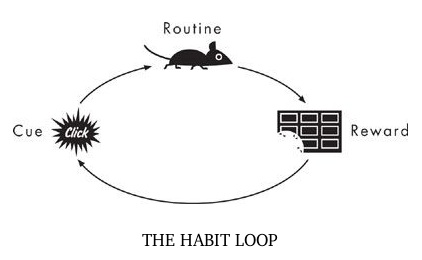
What this meant for Eugene?
As Larry Squire, the memory specialist spent more and more time with Eugene, he was convinced that his patient was somehow learning new behaviors. Images of his brain showed that his basal ganglia were unaffected by the viral encephalitis. Was it then possible that even with the kind of brain damage that he had, he could still use the cue-routing-reward cycle?
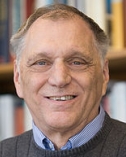
Larry Squire
Indeed he could and Squire’s tests on Eugene proved his hypotheses. The case of Eugene Pauly showed that habits, as much as memory and reason, are at the root of how we behave. We might not remember the experiences that create our habits, but once they are lodged within our brains, they influence how we act without our realization.
Further in this part…
As described earlier, this part of the book attempts to understand and present the factors affecting the habits of individuals. In the second chapter, a tale of how Pepsodent grew to become the highest-selling toothpaste in America is given. This is also significant as to how a company developed a cue-routine-reward loop to tackle a dental epidemic that was causing panic among the nation’s leaders.
- The cue : Dirty teeth
- The routine: Foam from brushing
- The reward: Clean, shiny teeth
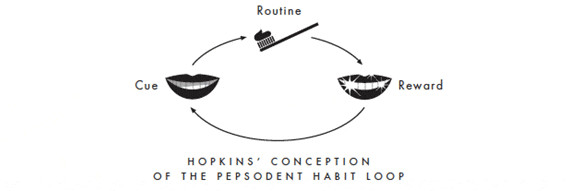
Then there is the story of how a group of Procter & Gamble scientists failed miserably to sell the air softener, Febreze. But the story doesn’t end there. The marketing team at Procter & Gamble, after tons of interviews and surveys, and studies, makes a diagnosis. They then go ahead to solve the problem using, you guessed it, an engineered cue-routine-reward loop.
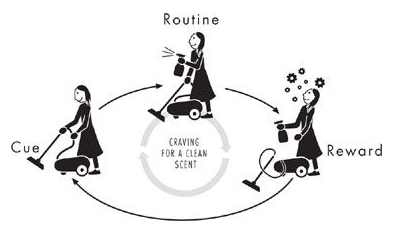
Finally, the part concludes with stories of how a football coach, Tony Dungy, took the Bucs to the verge of victory and the Colts to two titles in the NFL. The chapter also explains the rise of Alcoholics Anonymous to become one of the largest habit-killing organizations the world has ever seen. At its core, the chapter studies how and why transformations occur?
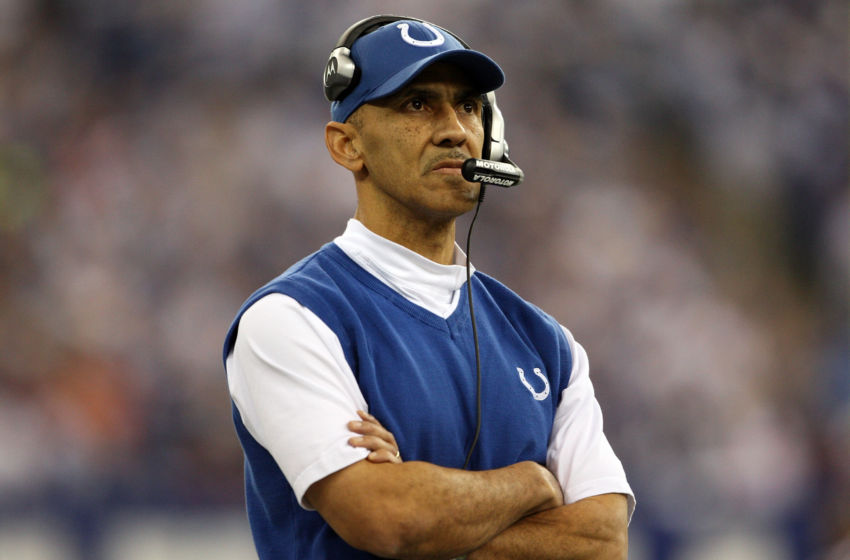

DISCLAIMER
That is all I have for my blog. But it isn’t all I have to say. I am looking to refine these writings so that I can present my understanding in the best possible manner. The best way I can see this happening is by talking about my learnings. If you are up for a discussion on what I read about in this book on Habits, please, PLEASE, feel free to fill up my contact form and we can get in touch.
This page was last updated at 2023-11-24 12:04.